Home/Wellness Zone/Sakra Blogs

17th Nov, 2025
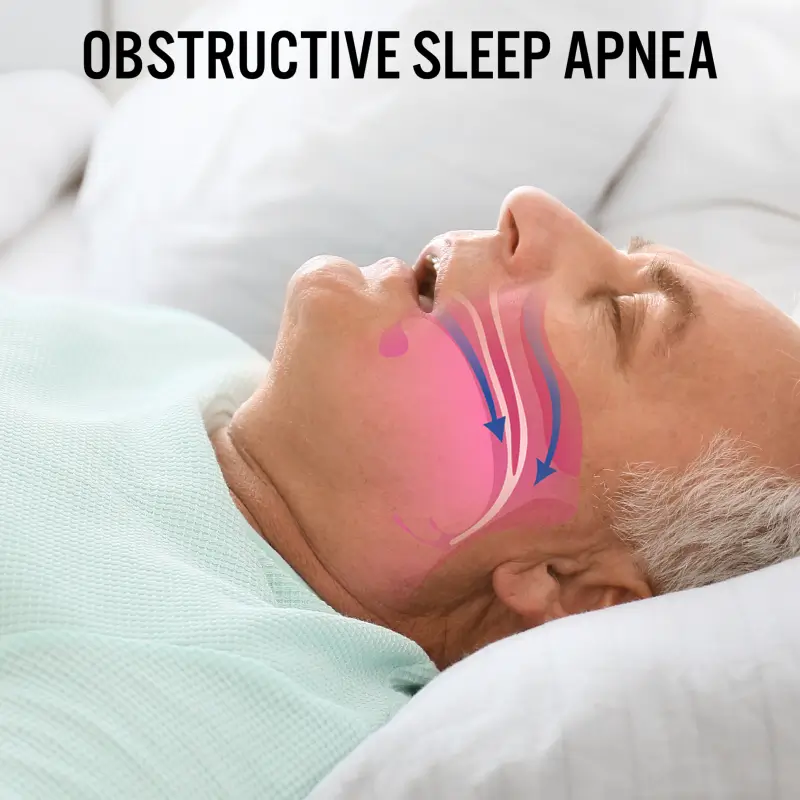
Obstructive sleep apnea is a condition where breathing repeatedly gets interrupted during sleep which leads to frequent arousals and reduced oxygenation during the night and excessive sleepiness during the day. This happens due to obstruction in the upper airway, which can be dynamic during sleep. It can lead to a multitude of medical problems like hypertension, heart failure, heart attacks (coronary artery disease), and brain attacks (strokes-both ischemic and hemorrhagic). The prevalence of Obstructive sleep apnea in India ranges from 5% to 14%, higher prevalence observed in men than in women.
Stroke is the second leading cause of death and a major cause of disability worldwide. India accounts for 10% of the global stroke burden. In India, a stroke occurs every 30 seconds and a death every 3 minutes. There has been an alarming rise of stroke cases in India-more so young strokes, over the past 2 decades.
Around 50–70% of people who experience a stroke also suffer from some form of sleep apnea (mild to severe). With today’s sedentary lifestyle, obesity, metabolic syndrome-related factors, the prevalence of Obstructive Sleep Apnea (OSA) has increased significantly. OSA is now recognised as one of the major risk factors for recurrent strokes.
Often, people are aware of common stroke risk factors such as diabetes, hypertension, and high cholesterol. However, sleep apnea is rarely recognised as one, sometimes even by treating physicians. Individuals with diabetes or hypertension who are on blood-thinning medications may still experience repeated strokes if their underlying sleep apnea remains undiagnosed and untreated. If OSA remains untreated in patients who have had a stroke, there is a 50% chance of recurrence within two years.
Sleep apnea is measured using the Apnea-Hypopnea Index (AHI), which is obtained through a sleep study. A simple sleep test monitors sleep patterns to determine the severity of apnea.
For mild cases of OSA (AHI 5-15), lifestyle modifications such as regular exercise and weight reduction can be very effective.
When the AHI is above 15, patients are generally advised to use a CPAP (Continuous Positive Airway Pressure) machine, a device with a mask worn over the nose during sleep that helps maintain constant and steady air pressure during sleep
Apart from CPAP usage, sometimes, correction of the obstruction via surgery (uvulopalatopharyngoplasty, nasal and palatal correction surgeries, when indicated) can be an effective long-term solution for managing OSA.
Hence, it is important to look for this cause in every patient of stroke, more so for those lacunar (small, deep territory) strokes within the brain. Apart from looking for causes of other rarer causes of stroke recurrence, this will be a significant step towards preventing stroke recurrence
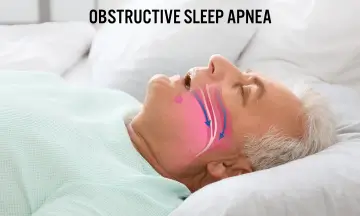
Obstructive sleep apnea is a
17 Nov 2025

Stroke is a leading
21 Oct 2025
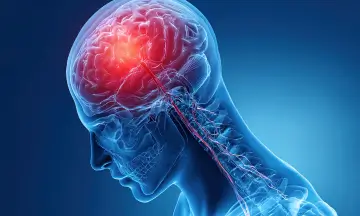
When we think of
21 Oct 2025
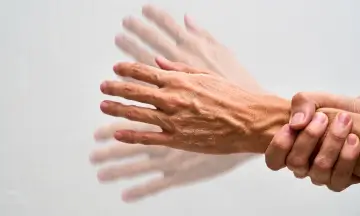
Have you ever noticed
14 Oct 2025

Parkinson’s disease (PD) is a
19 Aug 2025
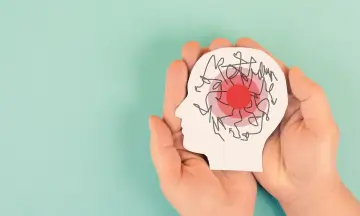
Stroke is a major public
12 Aug 2025

What if a paralysed person
15 Jul 2025

Parkinson’s disease is a long-term
11 Jul 2025

Parkinson's disease is a neurological
11 Jul 2025
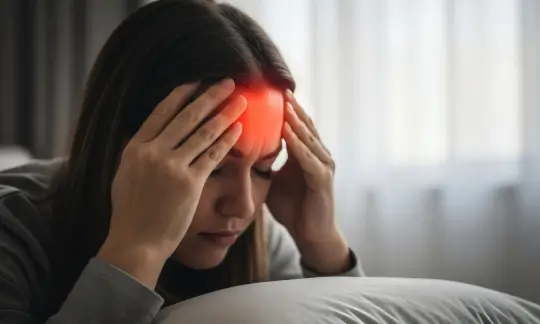
Headaches are one of the
10 Jul 2025
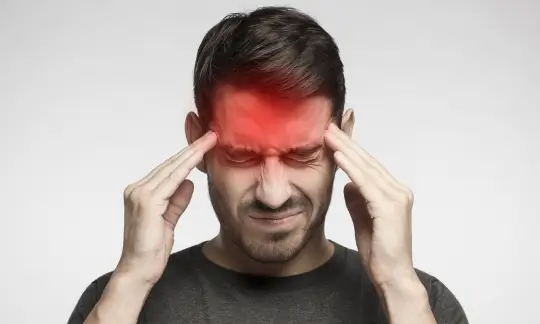
Migraines are more than just
9 Jul 2025
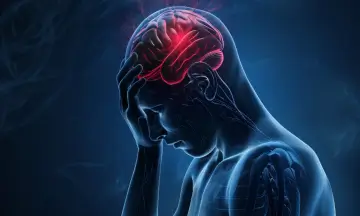
Every year, May Stroke Awareness
13 May 2025

A stroke is a medical
22 Oct 2024
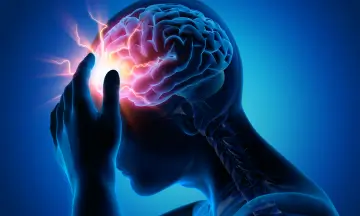
A brain stroke, often referred
22 Oct 2024
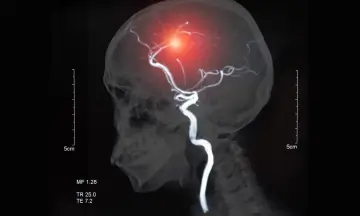
A hemorrhagic stroke Stroke caused
6 Oct 2024

A stroke can happen suddenly,
6 Oct 2024

Scoliosis is a lateral curvature
5 Aug 2024
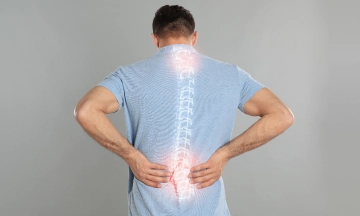
The human spine, comprising 33
5 Aug 2024
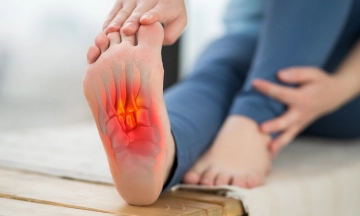
Plantar fasciitis is a common
7 Feb 2024

Pregnancy is a transformative journey.
7 Feb 2024
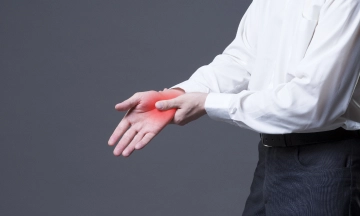
Carpal tunnel syndrome (CTS) is
7 Feb 2024

Epilepsy, a central nervous system
9 Jun 2021

Post-pandemic life has compelled us
22 Dec 2020

A stroke can happen to
29 Oct 2020

What is a Stroke? Stroke is
9 Nov 2017

A pituitary adenoma
12 Jan 2015

Craniosynostosis is derived
28 Nov 2014
Enquire Now

